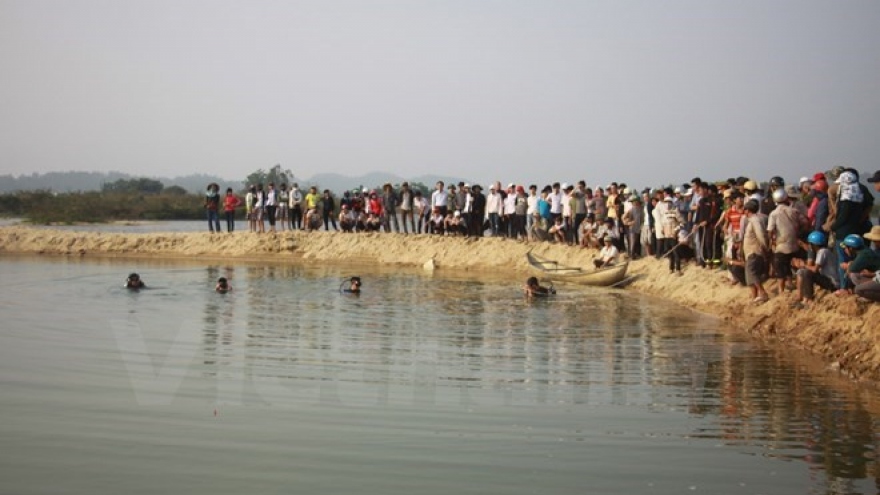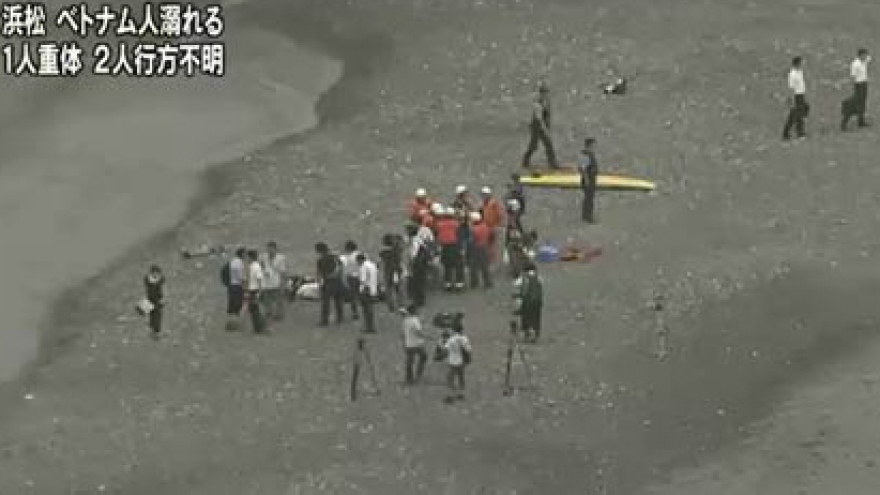Concern over child drowning cases
The increasing number of child drowning cases recently in Vietnam has raised a previously undetected and significant health issue for the responsible bodies and for society as a whole.
 |
The day previous, the nation was saddened by the news that nine sixth grade schoolboys drowned while they were swimming in a section of the Tra Khuc River, also in the same province.
According to Colonel Vo Van Duong, deputy head of the Quang Ngai Public Security Department, the lack of swimming skills and information about the section of the river which they jumped into was the main cause of this incident.
The situation was so serious that Prime Minister Nguyen Xuan Phuc had called on the Ministry of Education and Training and people’s committees of cities and provinces nationwide to strengthen the management of students and children, to organise safe summer activities, and enhance swimming lessons for students.
Statistics from the Ministry of Health revealed that on average, nine children died from drowning every day last year in Vietnam. Drowning is one of the main causes of child fatalities in the country.
Tran Thanh Binh, former principal of the School Design Institution under the Ministry of Training and Education, said that the issue of children falling accidentally in water was not a new one but remained a concern for all of society.
According to Binh, most drowning cases were caused by children playing in water when they do not know how to swim, or, even when they do know, falling into deep or dangerous water.
Binh said many project developers had created water holes when implementing their constructions, and as they were left without coverings, these were essentially ‘traps’ for children. Binh also said that project owners were not entirely obeying building regulations and that parents, especially in remote areas, have not been paying adequate attention to their children.
“In some areas there is a shortage of playgrounds for children, and when regulations in construction are not seriously obeyed, this serves as a warning for schools and parents, as awareness of the issue is the foremost concern,” Binh said.
In a report from 2012 named “Evidence for a newly recognised cause of child mortality in low and middle income countries in Asia”, UNICEF stated that even though drowning was a leading killer of children across parts of Asia, highly effective and cost-efficient programmes to reduce such drowning deaths were not being sufficiently embraced.
The report examined Bangladesh, Cambodia, Vietnam, and Thailand and was conducted by The Alliance for Safe Children in collaboration with UNICEF’s Office of Research. It found that in these countries one in every four child deaths were due to drowning – more than the number who die from measles, polio, whooping cough, tetanus, diphtheria, and tuberculosis combined.
In Vietnam, drowning occurs at about the same rate as other causes of death until the age of five, at which point drowning rates begin to increase.
The research stated that the cost of drowning prevention among children is no more expensive than intervention measures for these diseases. The report found that the vast majority of drowning deaths were preventable. They tend to occur within 20 metres of the home and are the result of unsupervised children wandering off and falling into local water hazards.
It found that drowning death rates in Vietnam among children attending village crèches were reduced by more than 80 per cent as a direct result of having adequate supervision.
However, the drowning rate in children four years and older who had participated in swimming and safe rescue training were reduced by more than 90 per cent. It indicated that success in child drowning prevention required multi-sector collaboration and was critical in building the community and the governmental capacity to implement and monitor drowning prevention programmes.



